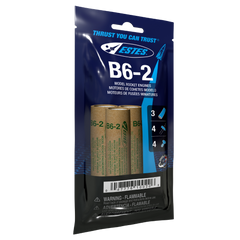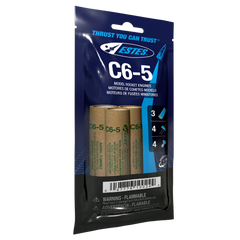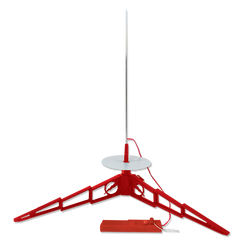Estes Porta-Pad II Launch Pad and Electron Beam Launch Controller, Estes model rocket engines, starters and recovery wadding.
Four 1.5V high quality AA alkaline batteries (sold separately)
Your free trial with BSS B2B Lock has ended - All locks in paid plan will be disabled! Start a subscription or continue with our free plan.
Only you can see this notice.
Invalid Password





